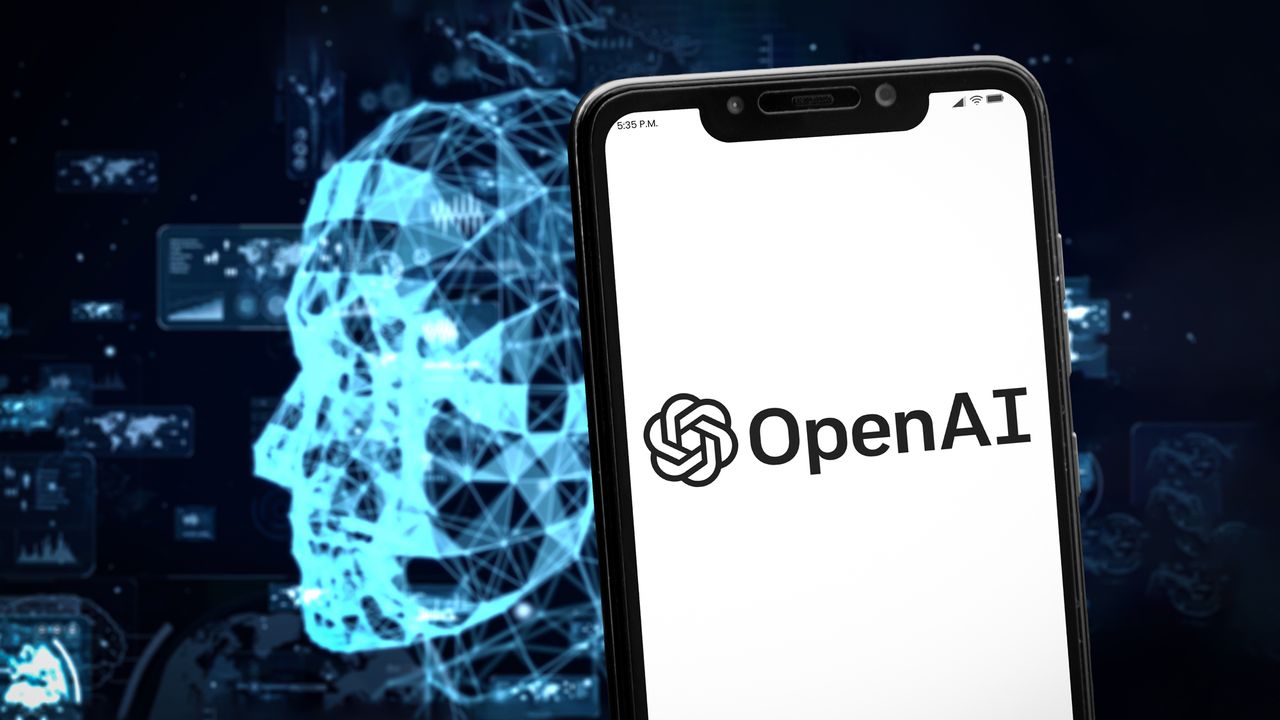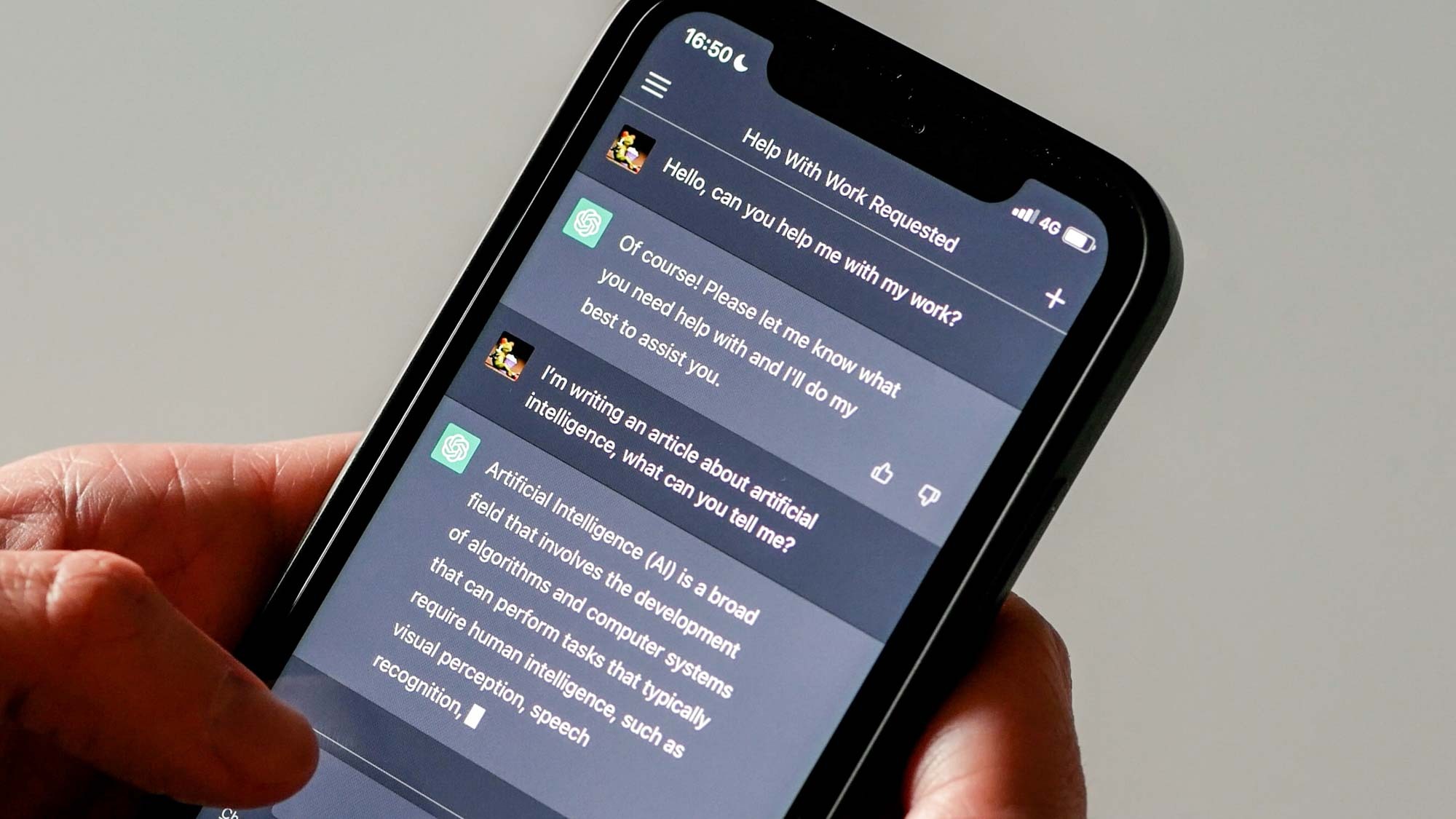
The next major language model for ChatGPT may be closer than we think, and early feedback suggests GPT-5 could be a serious upgrade.
According to a new report from The Information, someone who’s tested the unreleased model described it as a significant step forward in performance.
While OpenAI hasn’t confirmed when GPT-5 will launch inside ChatGPT or its API platform, CEO Sam Altman recently acknowledged using the model and enjoying the experience.
That alone hints that OpenAI is preparing to roll out a more powerful assistant; one designed to improve in areas where earlier versions have started to plateau.
What makes GPT-5 different?

The report suggests GPT-5 blends OpenAI’s traditional GPT architecture with elements from its reasoning-focused “o” models.
That would give it the flexibility to adjust how much effort it puts into different tasks, doing quick work on easy queries, but applying deeper reasoning to complex problems.
This approach mirrors Anthropic’s Claude models, which already let users fine-tune how much “thinking” the model does.
In GPT-5’s case, this could mean faster responses when you’re asking something simple, and more thoughtful output for challenges like debugging code or solving abstract math problems.
Major improvements in coding and reasoning

One of GPT-5’s biggest reported strengths is software engineering. According to The Information, the model handles both academic coding challenges and real-world tasks, such as editing complex, outdated codebases, more effectively than previous GPT versions.
That could make it especially appealing to developers, many of whom currently rely on competitors like Anthropic’s Claude.
A person who tested GPT-5 told The Information it outperformed Claude Sonnet 4 in side-by-side comparisons. That’s just one data point and Claude Opus 4 is still considered Anthropic’s most advanced model, but it signals OpenAI is serious about reclaiming ground in this space.
Is GPT-5 really a new model?

Here’s where things get a little murky. Some researchers speculate GPT-5 might not be a single, brand-new model, but instead a routing system that dynamically selects the best model, GPT-style or reasoning-based, depending on your prompt.
If that’s true, it could signal a shift away from scaling traditional LLMs toward optimizing post-training performance through reinforcement learning and synthetic data.
That’s where models are fine-tuned using expert feedback after training and it’s an area where OpenAI has been investing heavily.
Why it matters
If GPT-5 lives up to early reports, it could help OpenAI win back developer mindshare and chip away at Anthropic’s dominance in coding assistants; a market that could be worth hundreds of millions annually.
It would also strengthen OpenAI’s pitch to enterprise users and give its chip suppliers, like Nvidia, another reason to celebrate.
For users of ChatGPT, the biggest change could be more efficient and accurate answers across the board, especially for bigger tasks that current models still struggle with.
We’ll have to wait and see what OpenAI officially announces in the coming weeks, but if GPT-5 is as strong as it sounds, the next wave of AI tools could be the most capable yet.
Follow Tom's Guide on Google News to get our up-to-date news, how-tos, and reviews in your feeds. Make sure to click the Follow button.







